The Hidden Japan You Never Hear About!
Japan has been popular in the US for a couple of decades now, largely due to its bright, bizarre pop culture (especially anime) and technological advancement. For better or worse, when people think of Japan, they think of high-speed bullet trains, girls in cute clothes, robots, panties in vending machines, sushi, the neon highs of Tokyo, and so on.
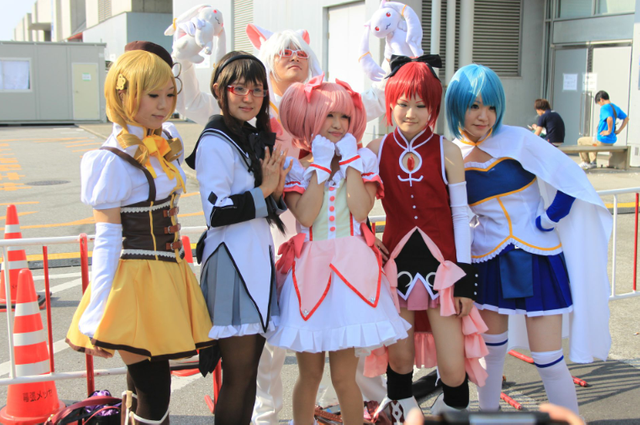
For most of the people actually living in Japan, this overall image is about as accurate as the perception that America is encapsulated by this:

Essentially, when you condense a country down to its major cultural exports and stereotypes, you're missing a lot of the spirit and actual character of that country.
As I mentioned in my intro, I taught in Japan for two years on the southern island of Kyushu. The most famous cities of Japan -- Tokyo, Kyoto, and Osaka -- are all located on the center island of Honshu. I even lived apart from Kyushu's major cities like Nagasaki and Fukuoka, in a tiny town smack-dab in the middle of the island.
It was a two-hour bus or train ride through the misty, green mountains to reach Kumamoto, the nearest city. These out-of-the-way towns don't get much publicity, but with the largest island of Hokkaido even less developed than Kyushu, and many people having moved to Kyushu to escape radiation after the Tohoku earthquake disaster, they contain a large portion of the Japanese population.
So, when it comes down to the actual lives of people outside of dense urban areas, how is Japan different? I'll discuss just a handful of the many ways.
☆:.。. o(≧▽≦)o .。.:☆
1. Shrines, Shrines, Everywhere
Many Japanese people believe to some degree in Shinto, a religion of nature animism which predates Buddhism in Japan. Younger people are less likely to seriously believe that spirits guard their home or reside in massive trees, but major shrines still receive huge influxes of visitors, especially during New Year's. If someone believes that a spirit is in an area, they'll often set up a shrine to house and honor it. For this reason, they are extremely common near large natural landmarks like trees or waterfalls.
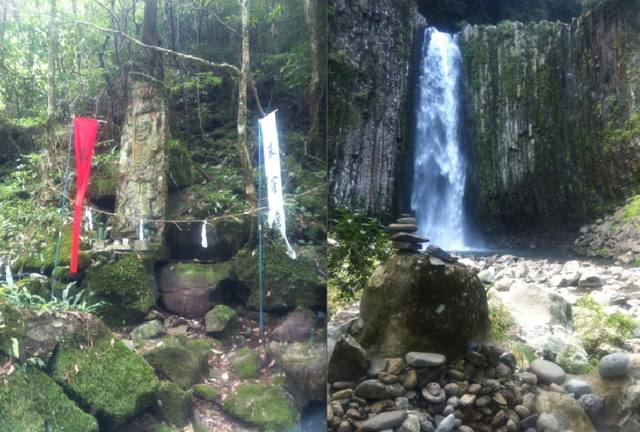
Since Shinto has been around for over a millennium, Japan overflows with these shrines. Whether you're in a metropolis or the middle of a forest, there's always a chance that you'll come across one. It could be new, or it might be abandoned and overgrown. I came across dozens in my biking trips through my town and the surrounding wilderness, hidden on the backside of hiking trails, down alleyways, or even clinging to hills alongside busy roads.
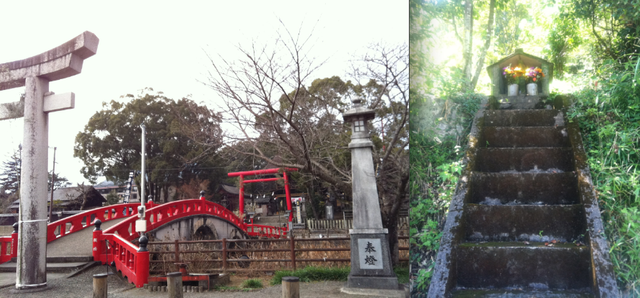
Although I don't believe in nature animism, whether out of respect for the shrine builders or because some part of me was playing what-if, I always treated the shrines with reverence. I would wonder whether the hypothetical spirit of an abandoned shrine was lonesome, angry, or faded into nothingness; I would bow in thanks if one sheltered me from a sudden downpour in the rainy season. This resembles the behavior I saw among young visitors to larger shrines -- even Japanese friends of mine who said they were atheists. They would always diligently wash their hands and mouth as tradition requires before entering, even if nobody else was around, and walk the grounds with care. There's something mystical about physical manifestations of spirituality, and the fact that you're bound to stumble upon the signature bright red of a shrine gate or a tiny makeshift shrine set with offerings anywhere you wander in Japan adds an aura of mystery to the country.
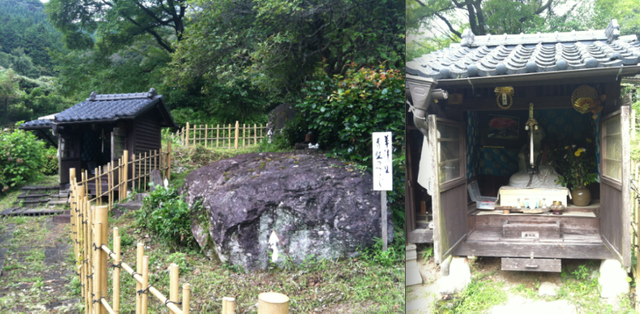
2. Put a Bow on It
I wonder if there is any country in the world where appearance and packaging matter more. If food doesn't look delicious, it isn't delicious. If a present isn't wrapped, it might as well not be given. I've literally watched a Japanese woman who was paying my American friend for yardwork run back into her house for several minutes so that she could present her cash payment to him in a nice envelope. Souvenir stores sell many of their products pre-wrapped. I think this focus on precision and attractive presentation may be connected to the cleanliness and rites of Shinto, but that's just a hypothesis. Whatever the reason, if you visit Japan, you'll find that beauty of form is king (or emperor).
After months living in Japan, the lunches that I made myself started to look like this, which is pretty different from a pb&j:
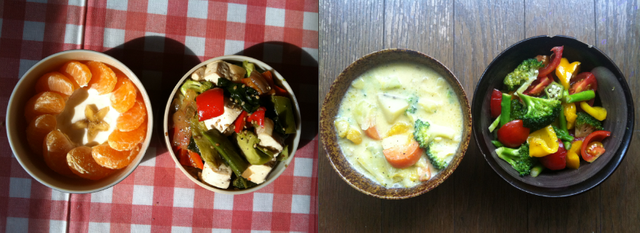
But it's not abnormal for Japan, where housewives often make gorgeous bento for their children. Here's one a teacher kindly made for me one day, and while it looks a bit messy unwrapped, you can see how neatly everything was packaged, as well as color coordination:
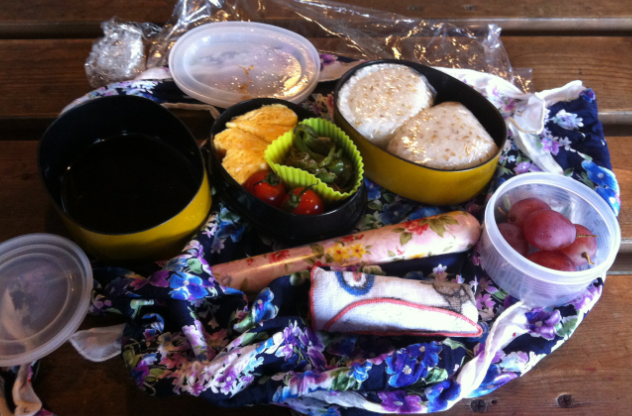
Americans might consider a bit IHOPpy to put images of food on a menu, but Japan takes that one step further: restaurants often set up model food at their entrance to show off their menu.
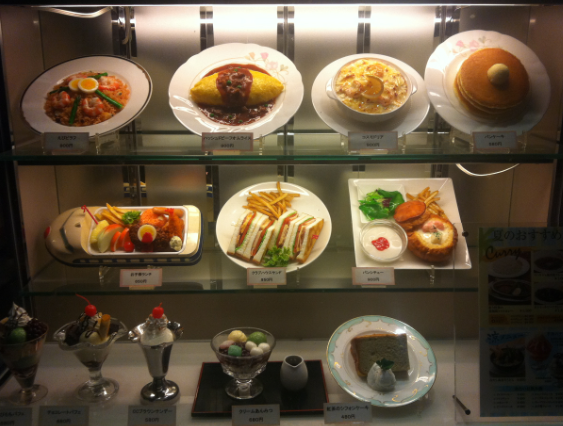
A typical box of souvenir food someone brought to school:
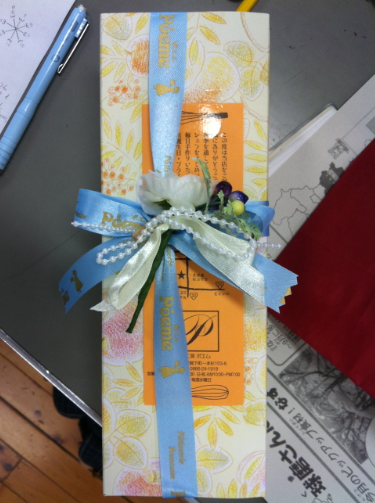
There was a sign in one of schools that said, "Disorder of one's belongings is disorder of the heart," and at another school, by the bathroom slippers, "Disorganized shoes make a disorganized heart." From the woman sweeping the town sidewalk every morning to the painstaking recycling-sorting that I had to do at night, the Japanese focus on order and pleasant presentation seeped into me and never left.
3. Fresh
Everyone likes fresh food. Well, Japanese people like it so much that I've seen them throw out entire boxes of tea that had been sitting for too long. Japanese people don't only deeply care about food freshness; they've also developed discerning taste for it. On an island nation, seafood goes bad quick.
Many restaurants in Japan have their seafood on display, and prepare it to-order. A friend of mine was served an entire live lobster with its lower half chopped into sashimi and antennae still moving. A classic novel, The Makioka Sisters, mentions a special soup where you drink tiny fish who literally swim down your throat. Here are just a few of the creatures I saw at storefronts.
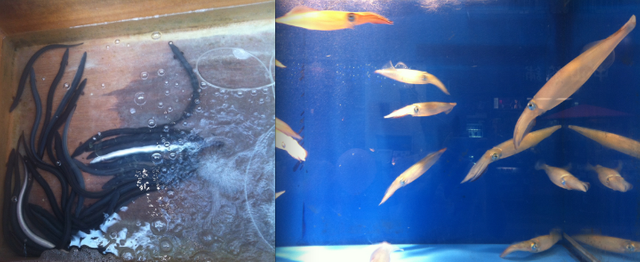
Octopuses have to be kept in special bags because they are master escape artists.
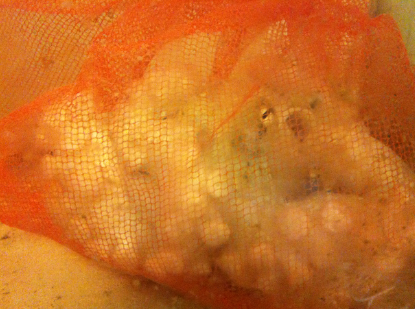
4. Festivals
Japan holds various major holidays, like Obon (similar to Halloween), the Doll Festival, Christmas, and New Year's. But there are also thousands of festivals that differ depending on the area. Although each town and prefecture has its own traditions, one thing that seems to be consistent nation-wide is the accompanying tents: generally bright red and packed in a row, these sell festival fare like takoyaki (fried octopus dumplings), yakisoba (grilled noodles in sauce), yakitori (grilled chicken skewers), okonomiyaki (a sort of savory pancake), beer, candied apples, and so on.
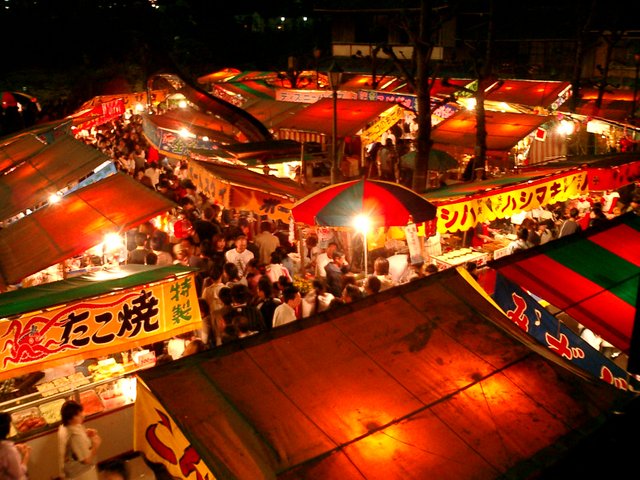
The parades and tents of many festivals are so regular that they seem to become a part of life, but it's hard to not get excited anytime you see that signature red glow or approach the sounds of a festival parade.
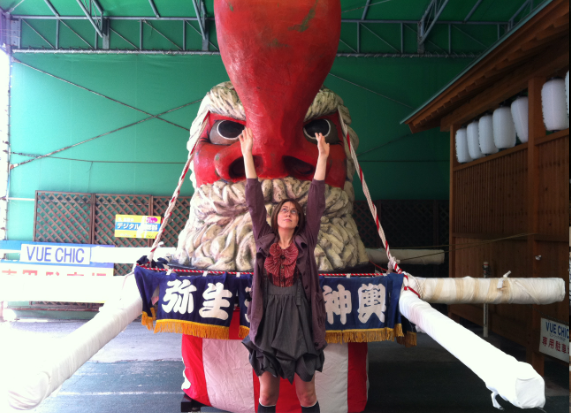
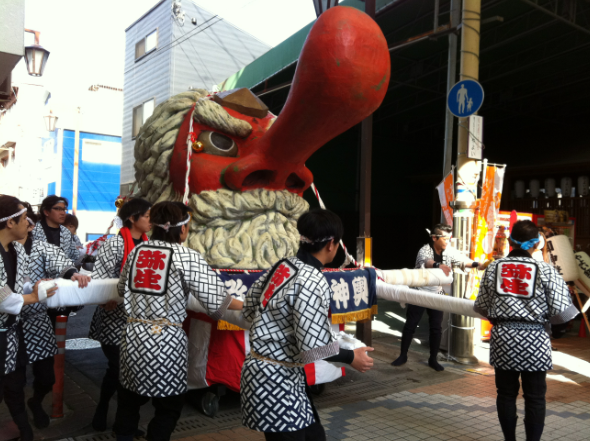
5. Lushness
I think photographs will say everything here.
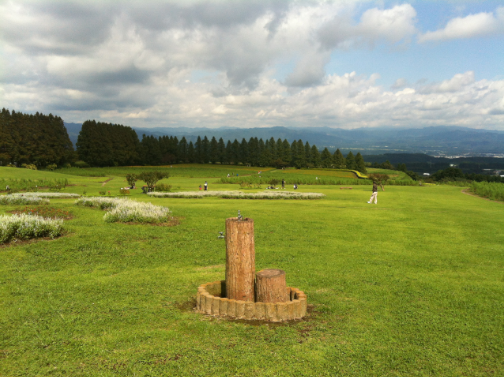
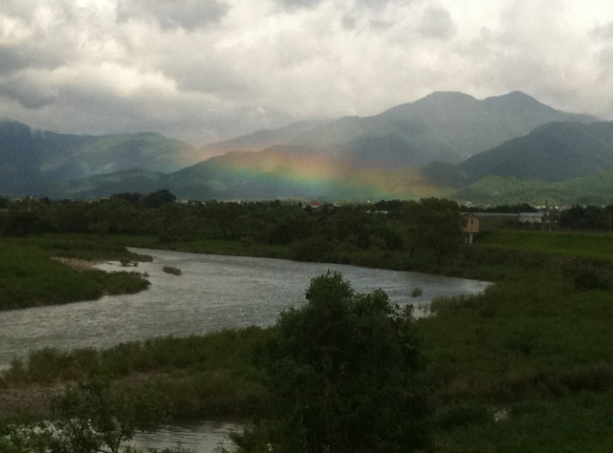
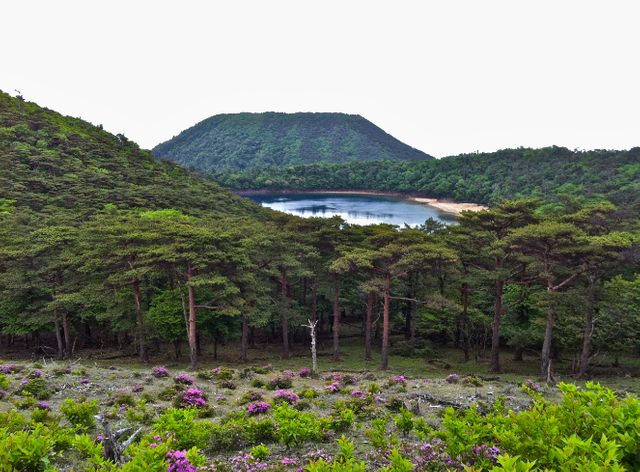
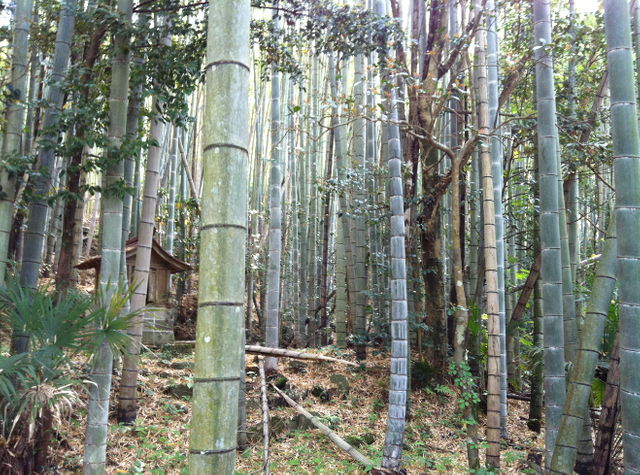
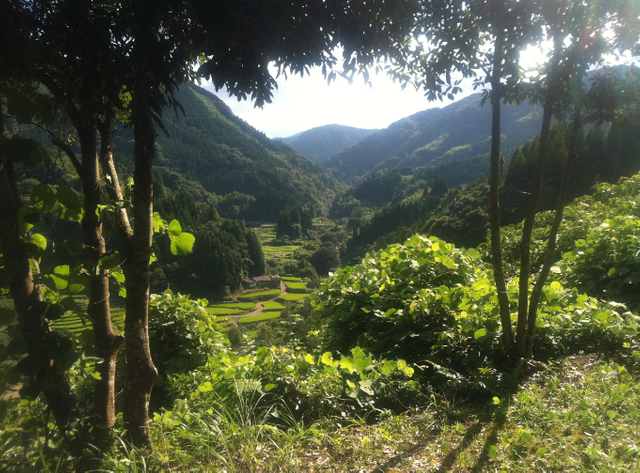
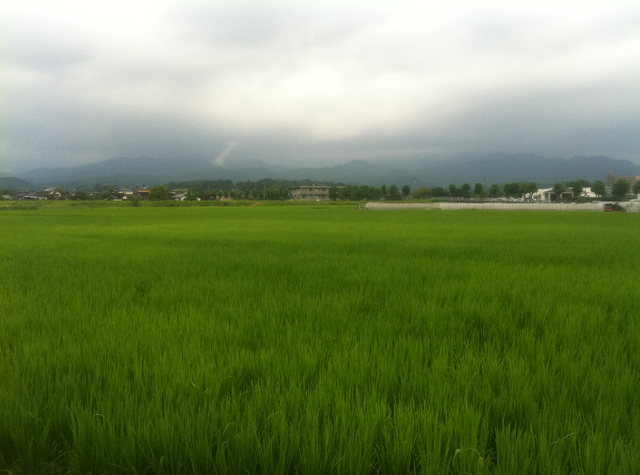
☆:.。. o(≧▽≦)o .。.:☆
So, these have been a handful of the things that compose the feel of Japan for me, that make Japan unique and lovable. I miss all of these characteristic elements, and I know I'll eventually return again. For me, Japan is largely defined by its beauty, cleanliness, grace, and traditions.
Beautiful phone pix!
I just shared this with on brother who's not on Steemit...yet. I think he'll love it.
Thank you! ^.^
Wow, the nature photographs are amazing. I need to go to #japan !
Thanks! I took them all with my phone...the country in Japan makes it easy to take photos like that.
Have to go before i die, so many things i want to see. Shiros for example
Best photo!
Welcome! view my photo https://steemit.com/photography/@alex2016/results-of-our-today-s-photoshoot-in-subject-of-the-anime
I love this post! Great pictures and information about Japanese culture. Think i'm gonna head to the local Japanese cafe for lunch now!
You should get so many more upvotes for this awesome post ! I work with a few Japanese artists and went to visit this interesting country ! Great work !
Nice story and pictures. Thanks a lot.